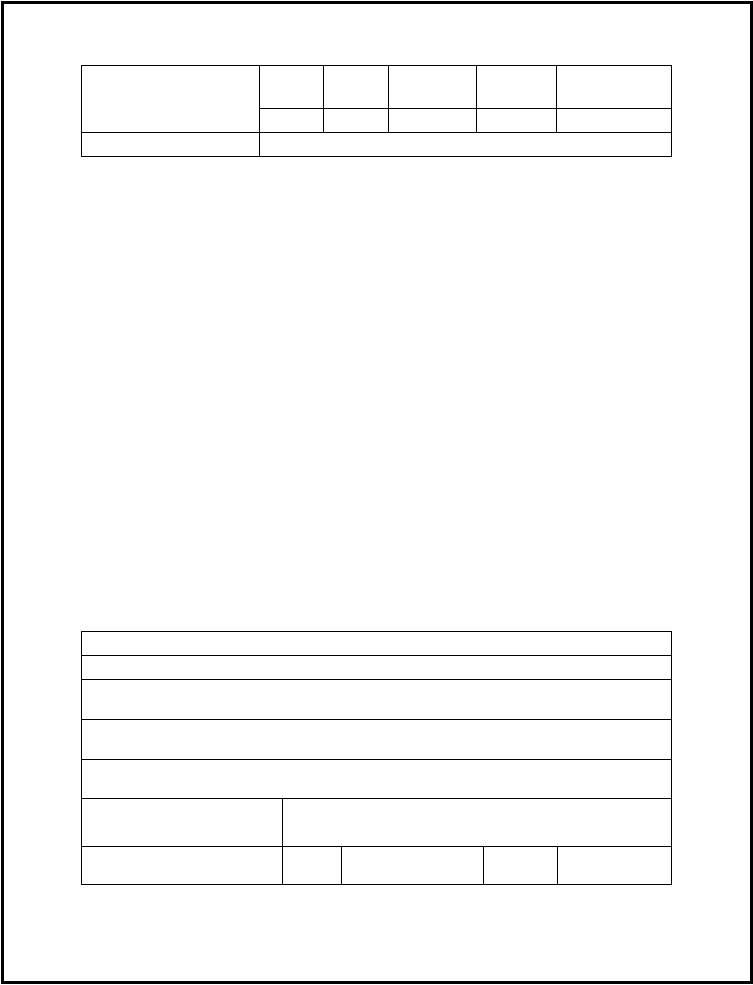
SAE J2735-Draft-Rev29 [issued: 12-11-08]
-
243 -
This is an SAE Motor Vehicle Council draft document of the DSRC committee, subject to change.
System
Driver
Passenger
Provider
Department
active role in use)
X
Support information:
CAMP-VSC Task 3 Report, 2003
Concept of Operations
As in most of the other vehicle safety application scenarios, DSRC communications is used to allow the
host vehicle to detect position, velocity, heading, acceleration, and control parameters for all equipped
vehicles in the immediate vicinity. The in-vehicle unit analyzes these parameters for the other vehicles as
contained in their MSG_BasicSafetyMessages and projects future vectors for these vehicles. If this analysis
determines that a collision is imminent and unavoidable, the vehicle may deploy countermeasures, such as
pre-tightening of seatbelts. This further information [JBK8]might be used for such potential purposes as
determining the need to lower the bumper on a high-profile vehicle to minimize the damage to a smaller,
lower vehicle, or to support a sensor-based decision to pre-deploy side-impact airbags if the collision vector
determination indicates an imminent side-impact.
Sensors and Other System Needs
On-board sensors, such as airbag accelerometers or radar systems, could be used to confirm the imminent
collision determination derived from the DSRC communications analysis.
Annex C-4 Cooperative Forward Collision Warning
Application Description
The cooperative forward collision warning (CFCW) system application is a vehicle-to-vehicle (V2V)
communication-based safety feature that issues a warning to the driver of the host vehicle in case of an
impending front-end [JBK9]collision with a vehicle ahead in traffic in the same lane and direction of travel.
CFCW will help drivers in avoiding or mitigating front-to-rear vehicle collisions in the forward path of
travel. The system does not attempt to control the host vehicle in order to avoid an impending collision.
Flow of Events
Flow of events
1.
Vehicle “A” sends MSG_BasicSafetyMessage, periodically
2.
Vehicle “B” receives and processes messages, and determines if Vehicle A is traveling ahead
in traffic in the same lane and direction of travel.
3.
If so determined, Vehicle “B” processes the message information further to determine the
threat level of a front-end crash with Vehicle A.
4.
Based on the threat level determined, Vehicle “B” warns its driver of the potential front-end
crash.
Hardware Devices:
DSRC radio
Positional and vehicle sensors
Human-Machine Interface
Actors: (What entities play an
active role in use)
Vehicle
Occupant
Service
Road
Department

